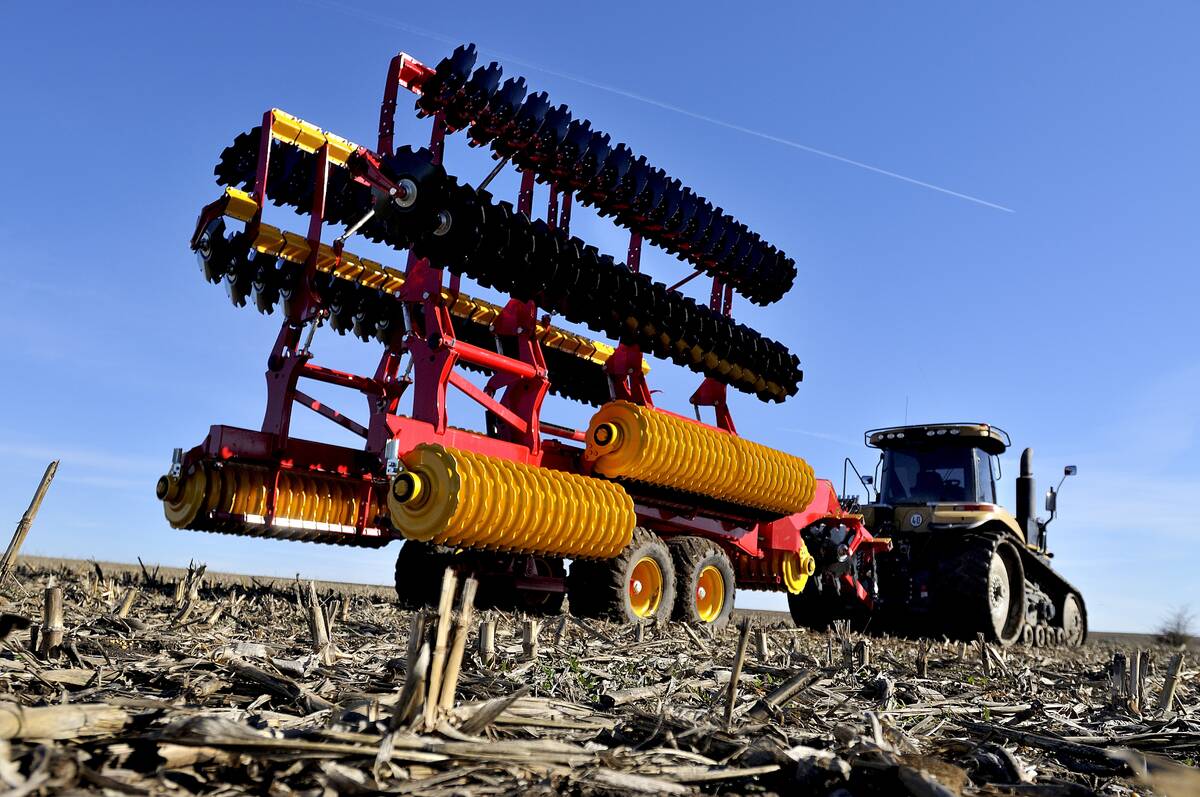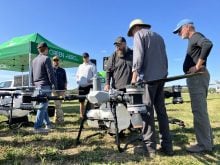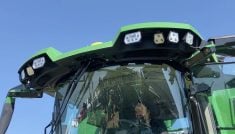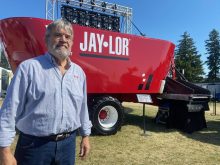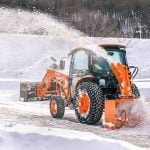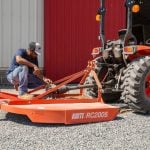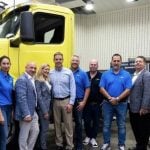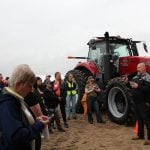Between all the dust and clatter of a tillage demonstration, sometimes you hear an anecdote that perks up your ears.
At Canada’s Outdoor Farm Show this past September, it was that one of the participants has been in the tillage business for well over two centuries.
“We’ve been around for 245 years,” says Ivor Bernatsky, Lemken’s marketing manager for North America. “We made our first plow in 1780.”
Read Also
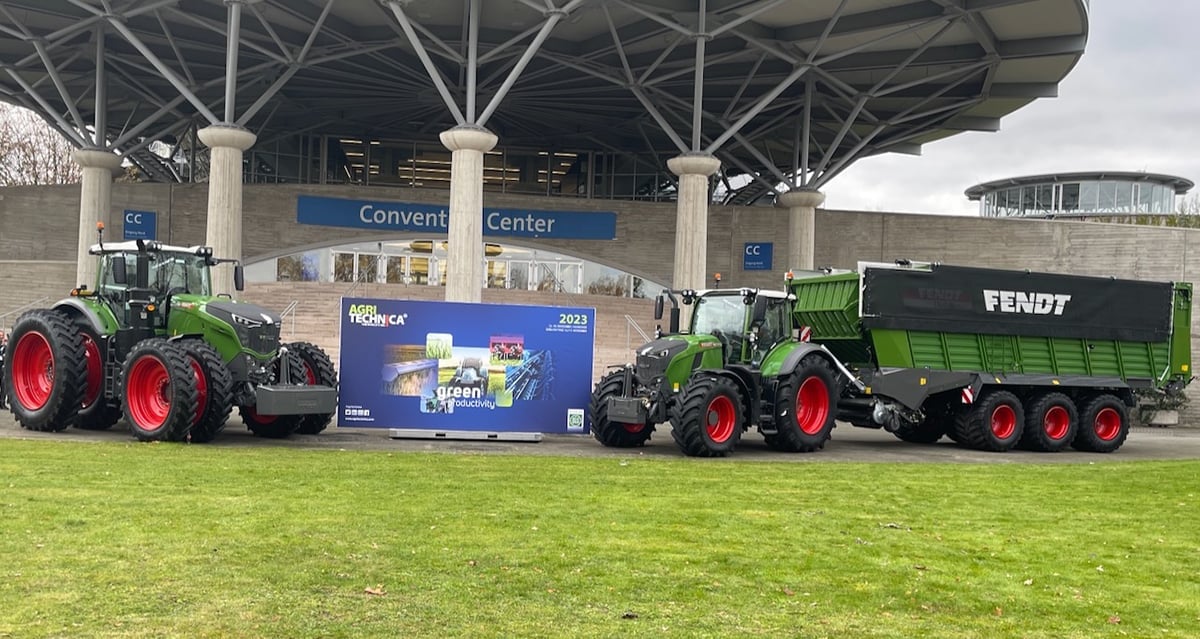
Canada to have increased presence at Agritechnica 2025
Interest in diversifying trade markets is taking more Canadian manufacturers to Agritechnica 2025, the world’s largest machinery show.
It begs the question, how has tillage equipment evolved in today’s world?
“We want to make sure that we’re bringing the machines that farmers around the world are going to need as they roll out,” says Bernatsky. “Whether or not that’s a continuation of tillage or expansion into seeding and planting, or new areas like mechanical, intelligent weed control, we’re looking at that globally.”
This has meant Lemken is designing and testing new tools such as its Onyx Subsoiler to help farmers manage soil compaction.
The Onyx is a deep ripper tool that digs as far down as 58 centimetres (23 inches), designed to open up the soil for better drainage and plant root development.
To help tackle the growing problem of herbicide-resistant weeds – a concern he’s often heard from growers – the company has designed intelligent weed control for row crops.
This comes in the form of precision camera systems on its EC-Weeder and IC-Weeder hoeing machines – the latter also having an optional AI component to root out weeds.
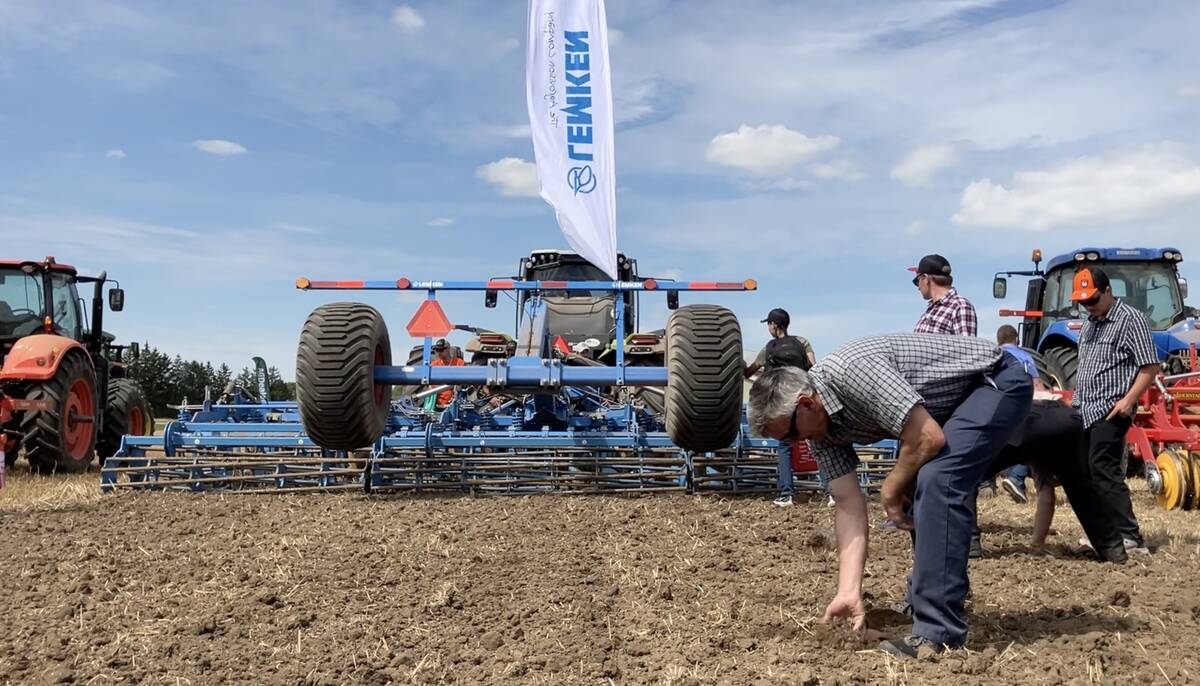
Over at Väderstad
Väderstad designed its first piece of tillage equipment in the early 1960s.
Ben Sander, Väderstad’s business development manager for tillage in North America, says that much of its modern design is tailored to handle modern crop production, particularly corn.
“Over the years, we saw opportunities from just modernizing production,” says Sander, “but also you’ve got modern crops, you’ve got residues which deal with clearances and trash … and breeding that make things [crops] tougher.”
Late last year the company celebrated the grand opening of its U.S. headquarters in Wahpeton, North Dakota. The catalyst for this was in 2020 when it acquired the Wil-Rich and Wishek tillage brands, two brands that also saw their origins date back to the 1960s.
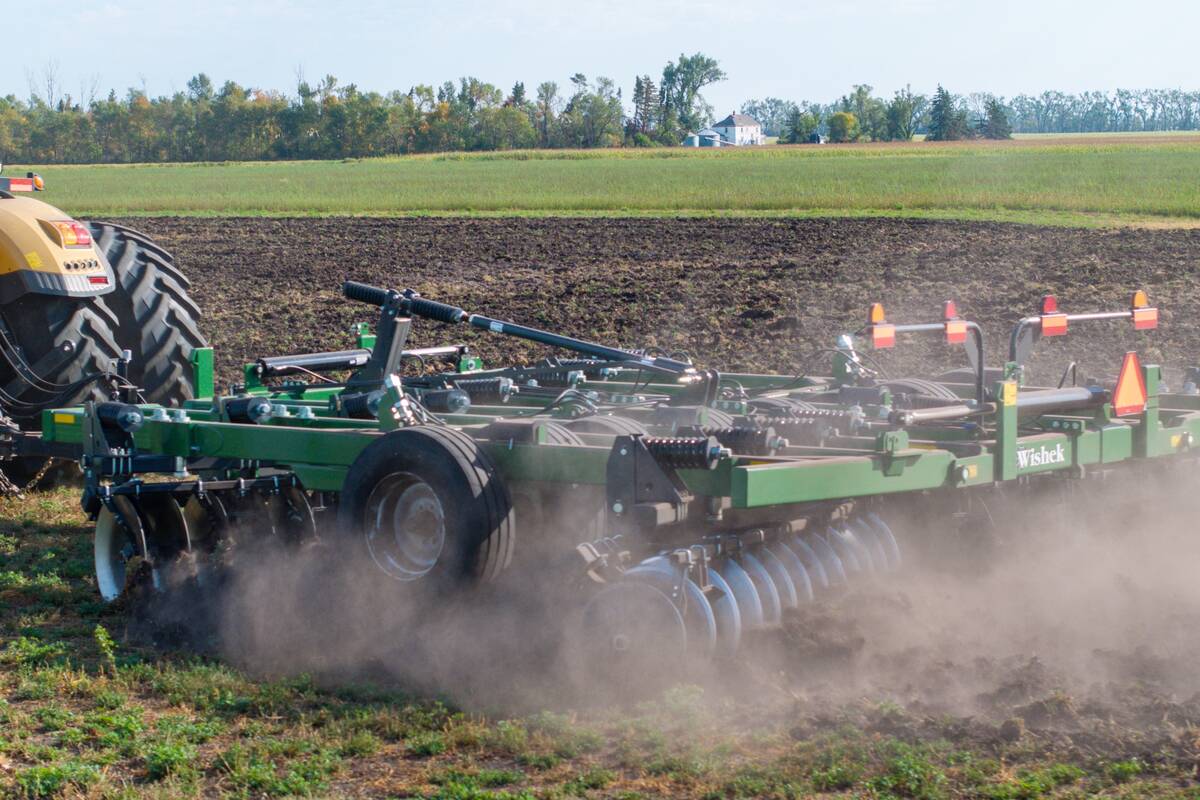
As with pretty much all things related to crop production, the key to using the right tool is knowing the types of soil that’s in your fields.
“It boils down to being very conscious of what kind of soils are in certain regions,” says Sander, “knowing what you can recommend for growers, like if one particular tool they’ve been using isn’t working.”
Seeding success
In the early 2000s, Väderstad began to advance beyond its tillage origins in North America.
The Swedish company had a partial stake in Canadian air seeder manufacturer Seed Hawk and its equipment line as early as 2006. It acquired full ownership of the company in 2013.
In the summer of 2024, Lemken showed its innovation in the seeding and planting market when it toured its Solitair DT at farm shows in Canada.
The Solitair is a combination tool designed to handle tillage, seeding and fertilizer application all in one pass. It also took home an innovation award for environmental sustainability at Canada’s Outdoor Farm Show in Woodstock, Ontario, in 2024.
In an interview with Farmtario at that show, Bernatsky said that, “(It) reduces the risk of soil erosion, because you’re not doing tillage months before you seed. You’re doing it seconds before seeding. There’s also moisture conservation. We’re compacting the soil after tillage to reduce moisture loss.”
Lemken expanded its equipment portfolio in 2023 when it acquired the Equalizer brand of seeding equipment based in South Africa.
For the Equalizer’s release in Canada, drills will be available in 40-, 50-, 60- and 80-foot working widths. Tow-behind and tow-between carts will also be offered to supply the drills with seed and inputs.
“We’re using our expertise in engineering and manufacturing and bringing those products to market,” says Bernatsky, “testing them aggressively, and then selling them in the areas where it fits best.”
Early beginnings
At the early beginnings of the Industrial Revolution, Wilhemus Lemken designed and built the first Lemken plow in 1780 in a small forge and blacksmith shop in Xanten on the Lower Rhine. Today, Lemken is headquartered in Alpen, Germany, and has nine production and assembly sites that include Europe, Asia, North America and Africa.
While Väderstad’s beginnings don’t pre-date the Napoleonic war era as does Lemken, the Sweden-based equipment manufacturer has been around for more than six decades. Company founder Rune Stark’s original harrow designs were made out of wood, but those units quickly wore out in the field and Stark built his first steel rigid tine harrow in 1962.


